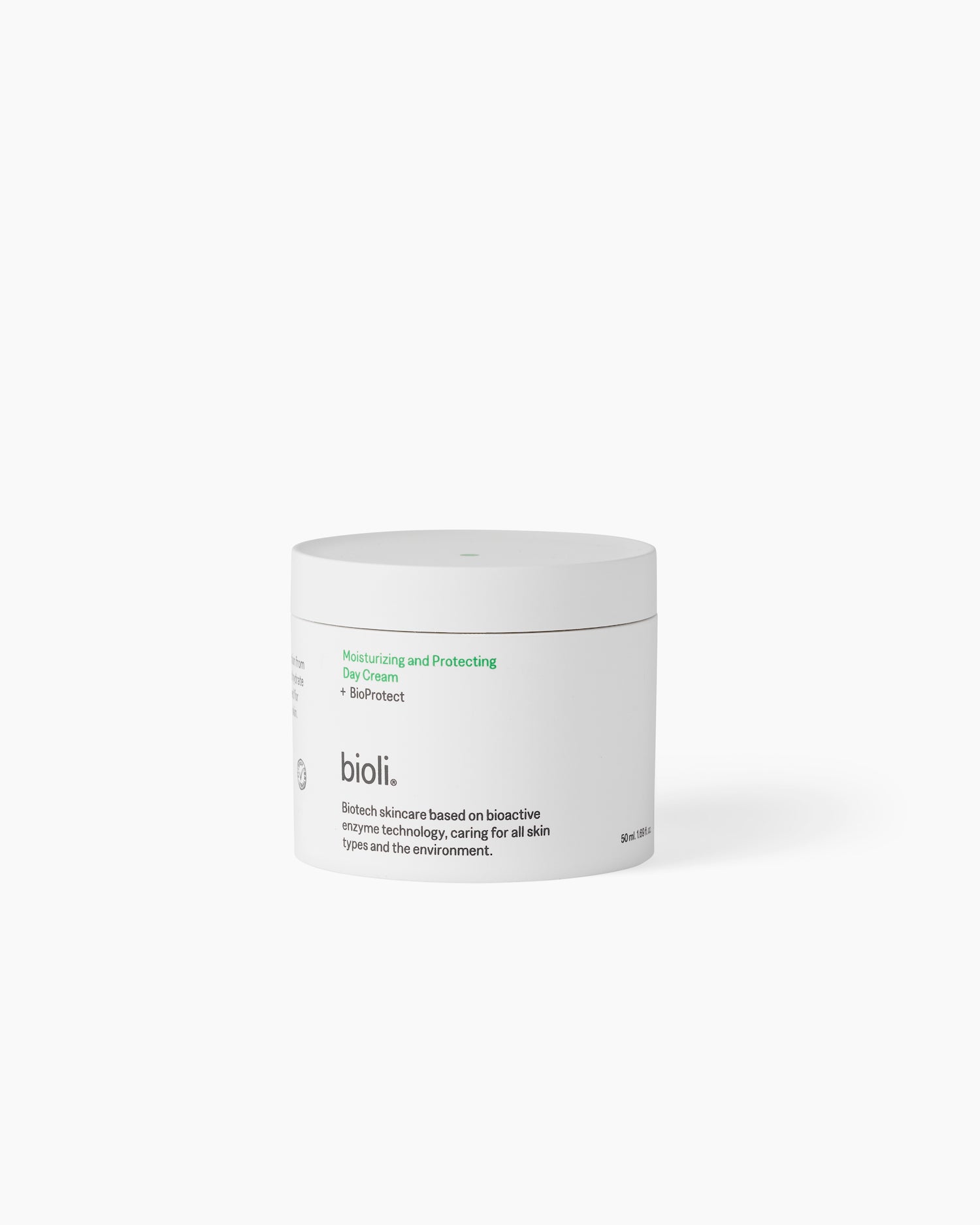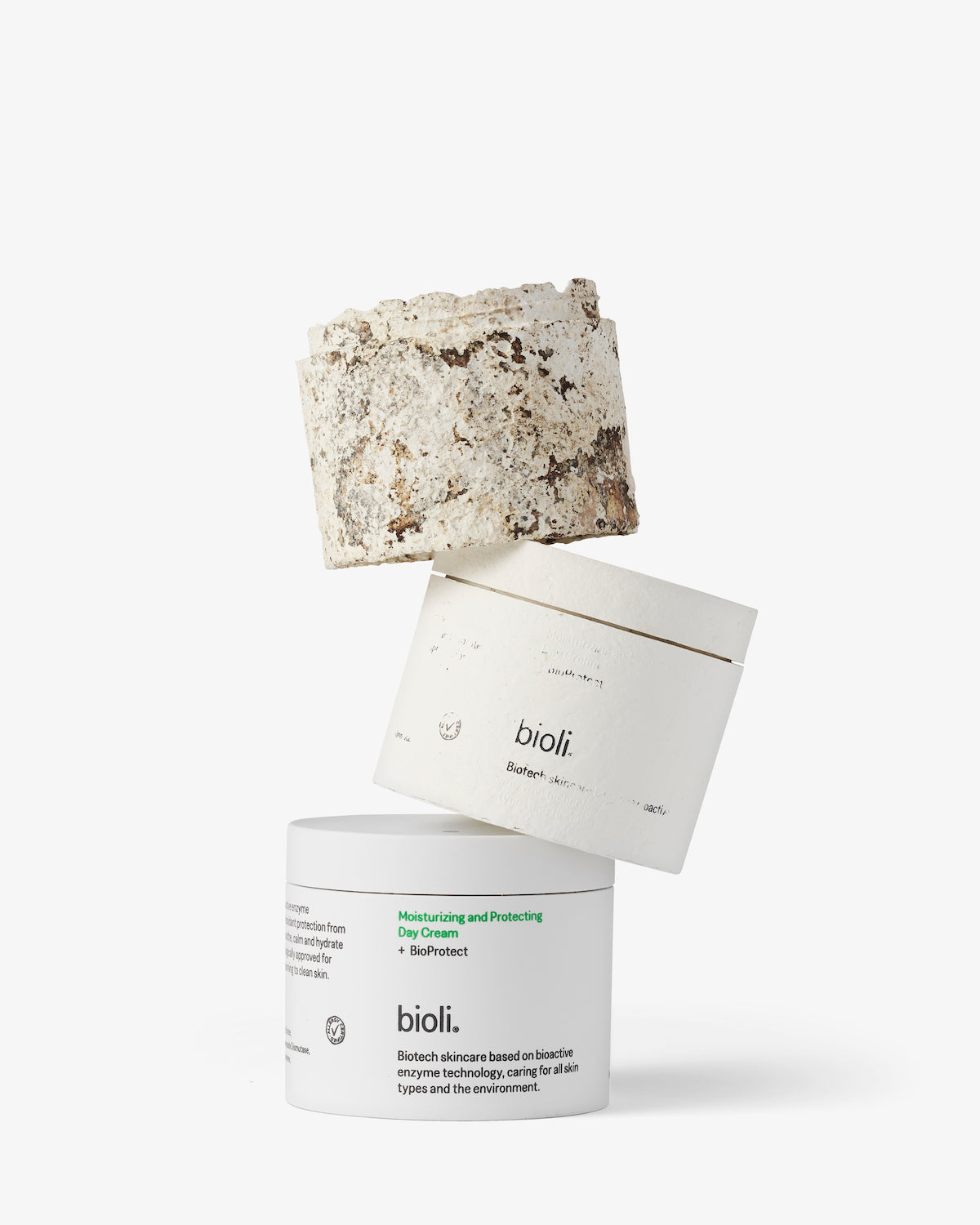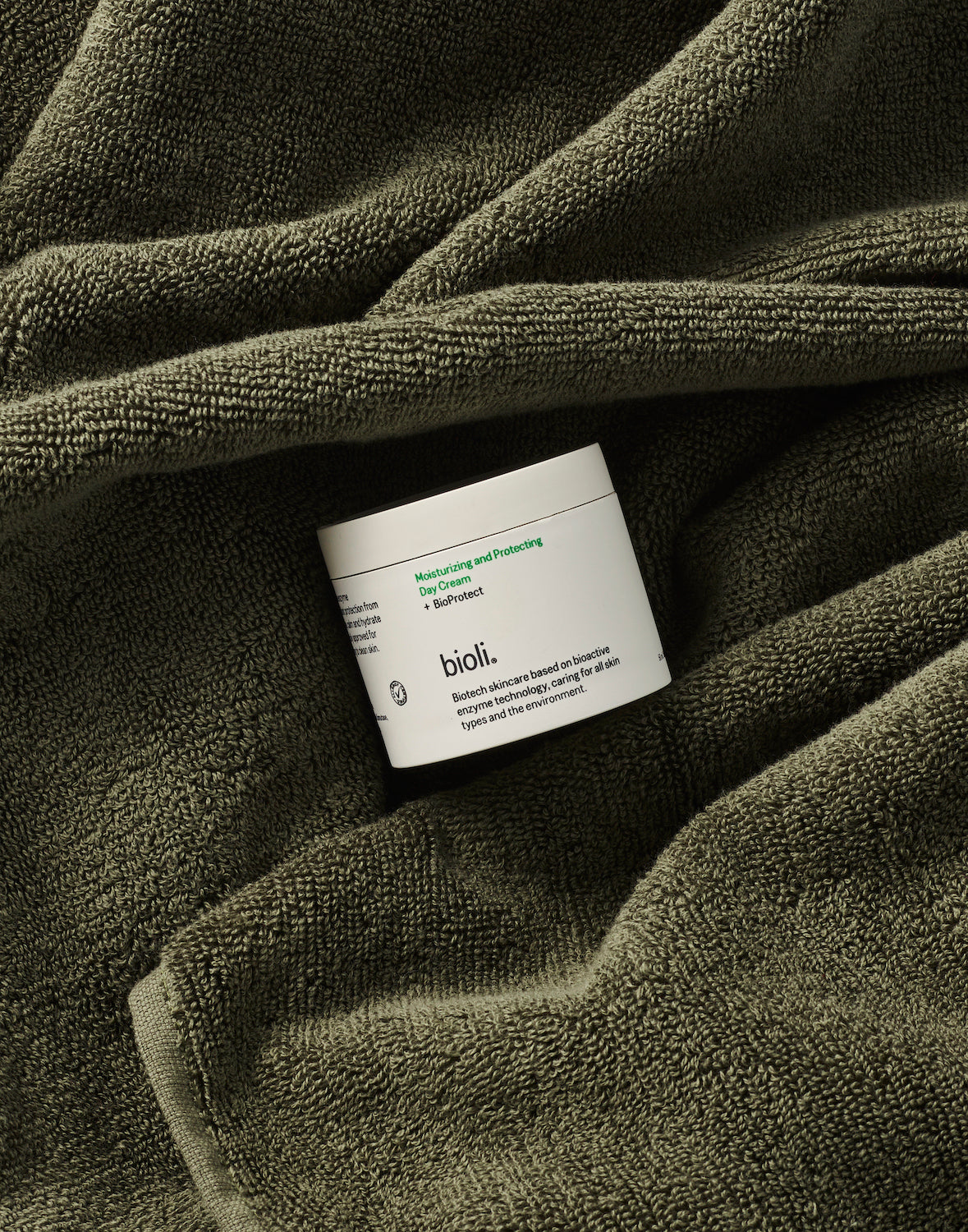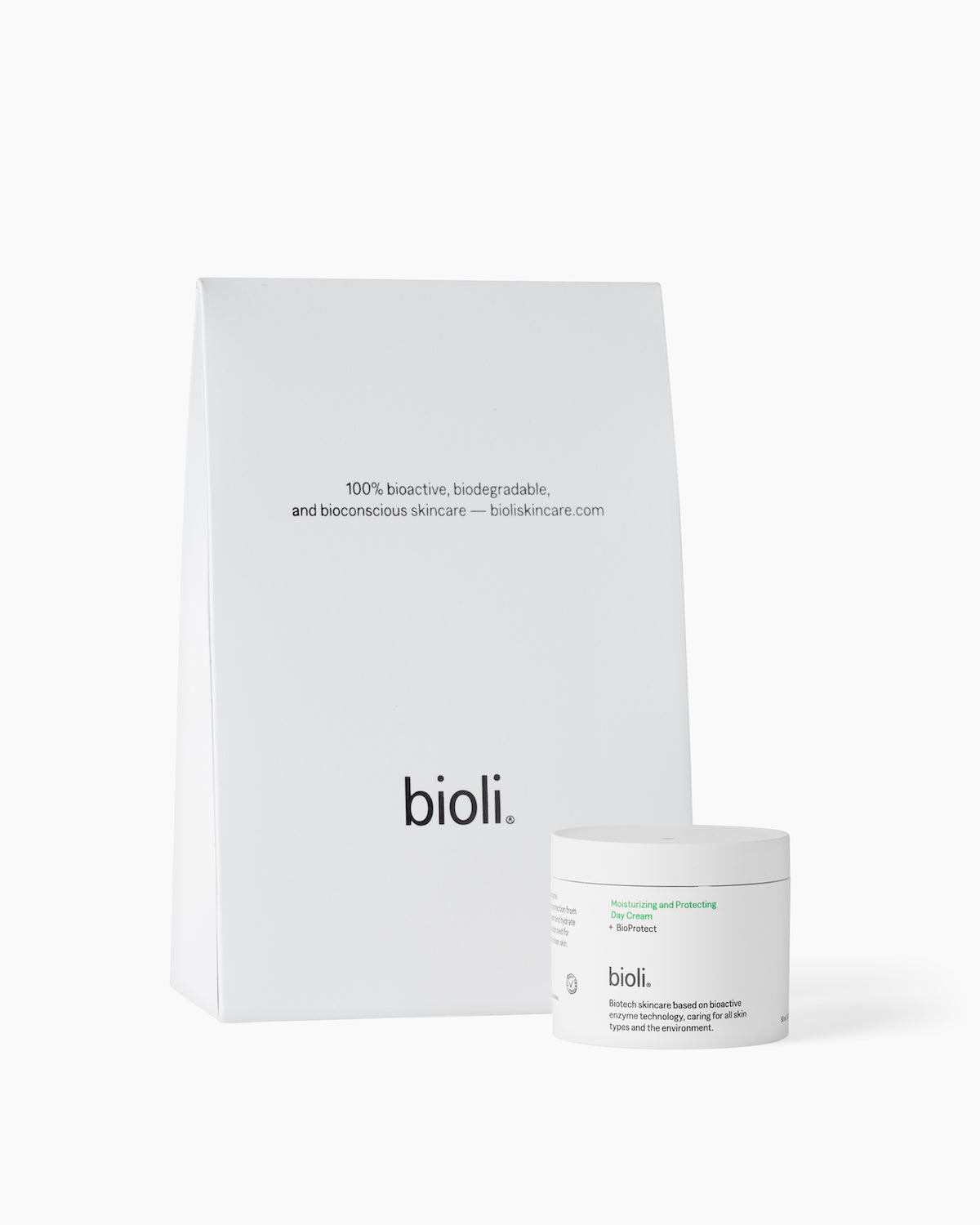What are the SDGs?
The Sustainable Development Goals, also known as the Global Goals or SDGs, were adopted by the United Nations in 2015 as a universal call to action to end poverty, protect the planet, and ensure universal peace and prosperity by 2030.
The 17 SDGs are integrated, recognizing that actions in one area will affect outcomes in others, and that development must balance social, economic and environmental sustainability.
Skincare and SDGs
Although the SDGs themselves are not explicitly tied to specific industries, the concept is that every industry, including personal care, can contribute to achieving these global goals, fostering a more sustainable and equitable world. It's up to businesses, governments, and individuals to integrate the principles of the SDGs into their operations and decision-making processes.
While there’s no specific SGDs put forward for personal care as they are based on company size, sector, and geographic market, below we have highlighted the ones, based on extensive research, we believe are the most ones for skincare businesses to work with and for skincare users to look for.
Some of them, specifically deal with mitigating the impacts of water pollution, waste disposal, climate change. Others promote good health and well-being and encourage sustainable consumption and production. All these objectives are relevant to the development of a more sustainable and environmentally-friendly personal care industry.
Skincare related SDGs
Figure 1: Skincare related SDGs
A clash with sustainability
The field of skincare frequently encounters sustainability challenges. The volume of products in the market highlights a pronounced conflict with SDG 12 (Responsible Consumption and Production). Additionally, SDG 13 (Climate Action) is significantly impacted. For instance, 62% of cosmetic signatories' plastic packaging remains non-recyclable. We see lots of skincare products that include fragrance. That leads environmental pollution and climate-related challenges and aligns with both SDG 12 and 13.
We also see skincare practices that contribute to water pollution including excessive water usage in manufacturing that clashes with SDG 6 (Clean Water and Sanitation). Products containing microplastics or harmful chemicals can harm marine life when washed off, conflicting with SDG 14 (Life Below Water). Additionally, skincare practices involving deforestation for ingredient sourcing or the use of non-biodegradable materials directly conflict SDG 15 (Life on Land).
Last but least, SDG 3 (Good Health and Well-Being) is also important to take notice of. The state of the skin not only affects people’s physical well-being but also their mental well-being. As we learned in this article, 18% of people suffering from sensitive skin have experienced social phobia.
By recognizing and addressing these conflicts, the skincare industry can take meaningful steps toward aligning its practices with the principles of sustainability and contributing positively to a range of SDGs.
Integrated assessment
Claims of sustainability by brands require a nuanced and comprehensive perspective approach for authentic sustainability.
A comprehensive examination in a review in Journal of Cleaner Production also reveals cosmetics sustainability as a complex and multifaceted issue that cannot be evaluated by considering single aspects but demands an integrated assessment encompassing environmental, social and economic dimensions, as well as final product quality and performance.
They further highlight for instance how nowadays, organic, natural and green labels are everywhere. But what is the difference between these and sustainable products? Although the terms are often used interchangeably, they are not synonyms. Usually, organic, natural and green refer to the origin and type of agricultural practices used to obtain the ingredients for the products and does not necessarily mean sustainable. Thus, green cosmetics are those mainly containing natural and/or organic ingredients and that avoid the use of synthetics. Sustainable ingredients, however, are those where all dimensions of sustainability (environmental, ethical and social, and economic) are addressed in all phases of the product lifecycle, they point out.
A review in Sustainable Chemistry and Pharmacy also highlights the main phases of a product’s life cycle, and further how it starts by the development and design phase, where the product is designed, and continues throughout the selection of ingredients and supply of raw materials, the manufacture phase, the packaging, the transport and distribution, retail, use by the consumer and the post-use phase.
So, to assess a product’s sustainability, it’s crucial to conduct an integrated assessment, looking at all phases in a product’s life cycle:
Figure 2: Main phases of a skincare product’s life cycle: making an integrated assessment - based on Martins et al, 2023
Skincare industry actions: A need to innovate the industry
The personal care industry can contribute to the SGDs by adopting practices that reduce environmental impact, promote responsible production and consumption, and address issues related to pollution and climate change, as we addressed in the beginning of the article.
Below we have put forward some actionable steps for businesses.
Get started with SDG Action Manager
A way for companies to take action and track progress on the SGDs could be to use the Impact management tool ‘SDG Action Manager’. It’s a free web-based tool, which was developed by B Lab and the United Nations Global Compact in January 2020.
The SDG Action manager gives businesses the opportunity to learn about, manage, and directly improve their actions and performance to the sustainable development agenda.
It’s divided into a Baseline module with a number of general questions to the business, and then specific SDG modules related to the specific business depending on where the business has the most opportunity to contribute to the SDGs.
This thorough guide provides a technical overview of its methodology, including its structure, key design principles, and content. Additionally, there is a live demo that includes tips on the best ways to leverage the functionalities of the tool, along with insights from companies that are already using it. However, it’s very intuitive, and takes only a couple of minutes to get familiarized with, so we recommend companies to simply create a profile and get started.
Find your company’s SDGs
It can be a bit of jungle to identify which SDGs to incorporate into your business, and as mentioned, the SDGs themselves are not explicitly related to specific industries, which also makes it harder. Additionally, it’s recommended to focus on a few, and do them well, rather than trying to address multiple with less depth. So, how do you find out which ones are the most relevant to your business?
We’ve discovered that a quick way to find out is through the SDG Action Manager. You don’t need to complete all the steps. Once you have registered and answered a couple of questions about your business, it will show you the most relevant SDGs for your business - based on your company size, sector, and geographic market. So, regardless of whether you use the tool or not, this feature provides a quick and solid way to assess your business’s SGDs, offering significant value and setting and clear direction.
How to do Business reporting on SDGs
To assist business to better report their impact on the SDGs and address the information needs of relevant stakeholders, GRI and the UN Global Compact has created a guide called: Integrating the Sustainable Development Goals into Corporate Reporting: A Practical Guide. It outlines a three-step process to embed the SDGs into existing business and reporting processes, aimed at helping companies to identify and prioritize their SDG targets, take action and report on their progress.
"This guide helps businesses move beyond the current trend of simply mapping activities and programs against the SDGs to driving change",
says Lise Kingo, CEO & Executive Director United Nations Global Compact & Tim Mohin, Chief Executive GRI in the Foreword of the guide.
Transparent communication
It is also an industry responsibility to embrace transparency and ethics, and openly communicate how products are brought to life, how they should be used and how best to dispose them. They could encourage consumers to be discerning and to demand transparency.
What you can do? The power of consumer choice
While there’s a call on the industry to adopt these alternatives for a cleaner future, you can also drive change by supporting sustainable brands that align with both their and your values.
A good starting point is to familiarize yourself with each of the SDGs, for example, by visiting this page, where you can learn much more about each of the SDGs. Gaining knowledge about the SDGs their relevance to the skincare industry, can help you to make informed choices. You can also read more in this article, where we explored how to transition to a more sustainable skincare routine.
It’s evident that there is an urgent need for the skincare industry to align its practices with sustainable principles, ensuring a harmonious relationship with the SDGs and contributing positively to global goals. A meaningful change requires a collective effort from both companies and consumers. While you are not responsible for what the companies do, you can support ethical skincare brands and advocate for sustainability in the industry.













